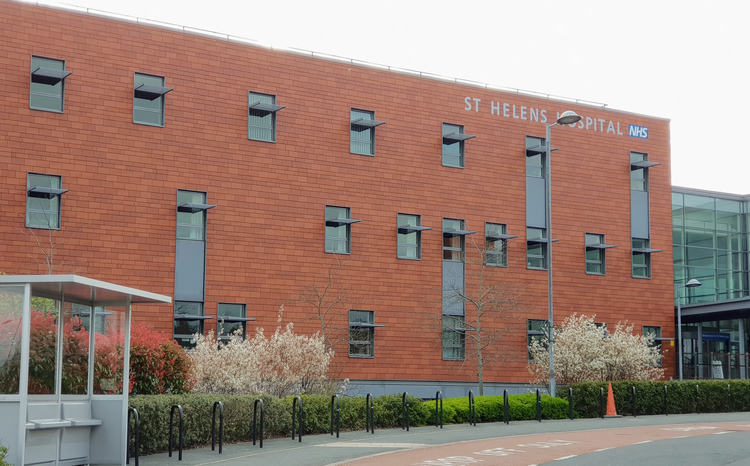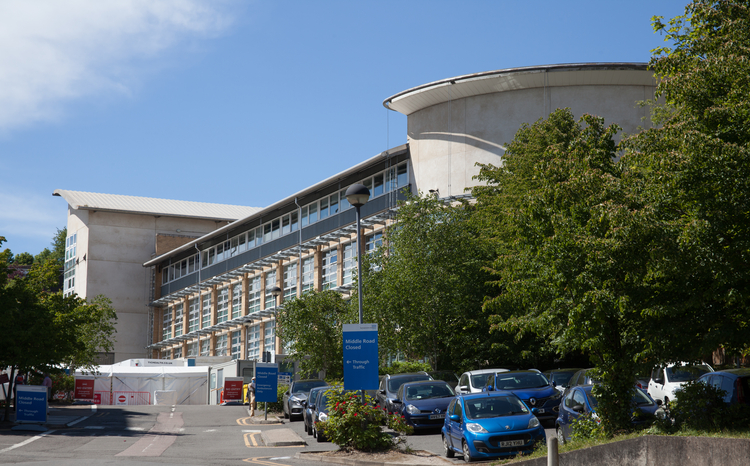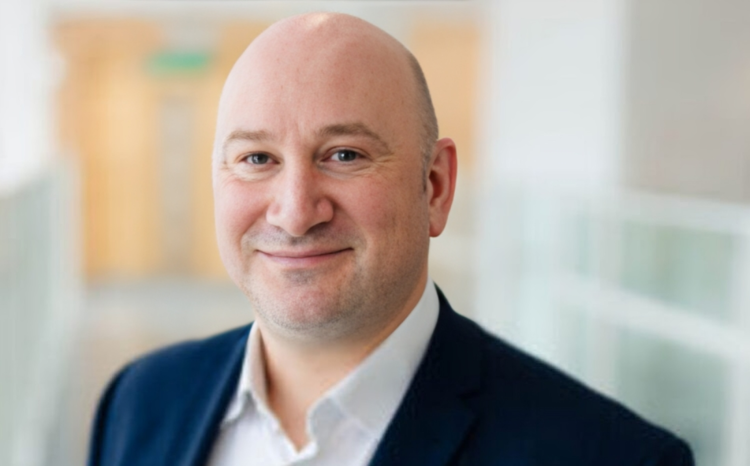EHI Interview: Professor Jim Davies
- 20 November 2013

“Genetic medicine is going to turn medicine upside down,” says Professor Jim Davies, chief technology officer for Genomics England.
He thinks that health secretary Jeremy Hunt was therefore right to compare the opportunity for scaling up genomic research to the “explosion” that hit the internet when the World Wide Web was invented.
Hunt caused a bit of a stir when he listed plans to sequence 100,000 genomes and link them to electronic health records as an advance that could “as significant as the founding of the internet” at the Health Datapalooza IV conference in Washington DC in June.
One website wondered if Hunt was “floating free of reality” with his comments, but Professor Davies feels this is because the possibilities are not yet understood, much less developed.
“People don’t really know what to do with whole genomic data at the moment. There’s a lot of stuff in the research space, but turning that into products that can be used in medicine – that’s really where you can draw the comparison with the web,” he says.
The project
The human genome is the complete set of genetic information for humans, as recorded within DNA. The Human Genome Project, which started in the mid-1980s and was completed in 2003, produced the first, complete sequence of individual human genomes.
Since then, thousands of genomes have been completely or partly sequenced, and the hope is that this will both give more insight into the genetic risk factors for some diseases and open up new avenues for prevention and treatment.
The government has set up Genomics England to make sure that the NHS is able to capitalise on the potential.
As Hunt explained in Washington, the idea of linking genomes to medical records is to enable links to be made between disease, lifestyle and other factors over decades.
“If a person has bowel cancer in his 70s and you have electronic medical record data about what that person was doing in his 40s and 50s, you can unlock an incredible amount of information,” he said.
Professor Davies says the initial phase of the project will involve establishing and pressuring the sequence pipeline. The ambition to sequence and store 100,000 genomes by 2017 means that, when it is up and running, the project will need to be processing 30,000 genomes a year, or more.
“We are going to be ramping up over an initial phase in 2014 and going live with participating centres in the NHS in 2015, kicking off with rare and inherited diseases and cancer,” he tells EHI.
“The genome sequencing will increasingly be a commodity service, but the challenge will be in getting the high quality patient information to go with that.”
Part of the programme will involve the collection of a focused dataset relevant to the patient’s disease. The plan is to ultimately link this ‘phenotype’ and genomic information with high quality patient data from NHS providers. This will require good levels of informatics in the NHS centres participating in the scheme.
The idea is that the programme of work being started by Genomics England becomes ‘business as usual’ for the NHS. The programme will therefore set the standards to define the longitudinal record required for each patient, but how they choose to supply it will be dependent on each trust and its IT systems.
“We will be looking for people with integrated informatics and high quality data,” Professor Davies says of the search for participating organisations. In the first instance, these are likely to already have a strong biomedical research centre or clinical genomics operation.
Data security
Patient consent and data security are hot topics in health at the moment and also high priorities for Genomics England. Professor Davies describes its initial approach to allowing people access to the data as “quite conservative”.
“We will establish the data centre and all the interfaces to the data and initially we will work with our research users and hold their hands; which we need to do to understand how to provide the software stack they would expect to find,” he explains.
“We will spin up a cluster and generate a dataset as an extract of the fundamentally identifiable data. In the initial phase, everyone will have consented to it through our partner research programmes.
“But when we move to the main phase, this has to work for the NHS; they have to be absolutely happy with N3 transfer of data.” For this to happen, Professor Davies says the infrastructure has to be right and ultimately, the data could be pseudonymised at the participating trust.
Genomics England will also be keeping tight control of the data and consent processes. It recognises that while some people are very happy to share their genome, they might want to rethink that decision in the future, and that the public might lose confidence in the system if they can’t.
Professor Davies acknowledges that the programme is high profile and therefore high risk. If it does not work properly, it could hold back the introduction of genomic medicine. “So we have got to be conservative in terms of access to the data, [even if that] might mean missing a few opportunities to have the data used,” he says.
Industry opportunities
Genomics England is aiming to start procurement for the main programme in the first half of 2014. Professor Davies says there will be an opportunity to get involved – via the procurement process – in providing the components of the clinical and research services.
But where he sees the biggest opportunity for health IT is in the development of informatics support for genomic medicine within the NHS. “It isn’t for Genomics England to tell the NHS how to do this,” he says.
“We’ll be working with the NHS on data standards and processes, but it is for the NHS to determine precisely how these are implemented: what new systems are procured to support the processes of data acquisition and reporting, and how existing systems are extended and modified.”
Interest in the project so far has been “tremendous”, he adds, and Genomics England has been holding meetings with interested suppliers, supported by the Department of Health.
The project will need a secure, high-performance computing facility and “software to provide both clinical and research data services.”
“For the clinical data service, the sequence data will need to be annotated and/or a report produced. For the research data service, datasets will be produced to support particular groups of users, and all access to the data will be monitored and controlled,” Professor Davies says.
“We will provide an environment in which users can come and ask questions of the data – they don’t get to take the data home, and we control which questions they can ask.
“All this needs to be procured – as a service. The real test will be absolutely nailing this down in the procurement, making sure we go with something that’s going to work without any delay from 2015.”
A vision of the future
Professor Davies envisions a future in which clinicians will have dashboards showing a patients’ medical information, automatically correlated with gene expressions, likely responses to treatment, and probable outcomes.
If this is to work, high-performing health IT will be essential. Therefore, if this is ever to come to fruition, the opportunities for industry are indeed enormous.




